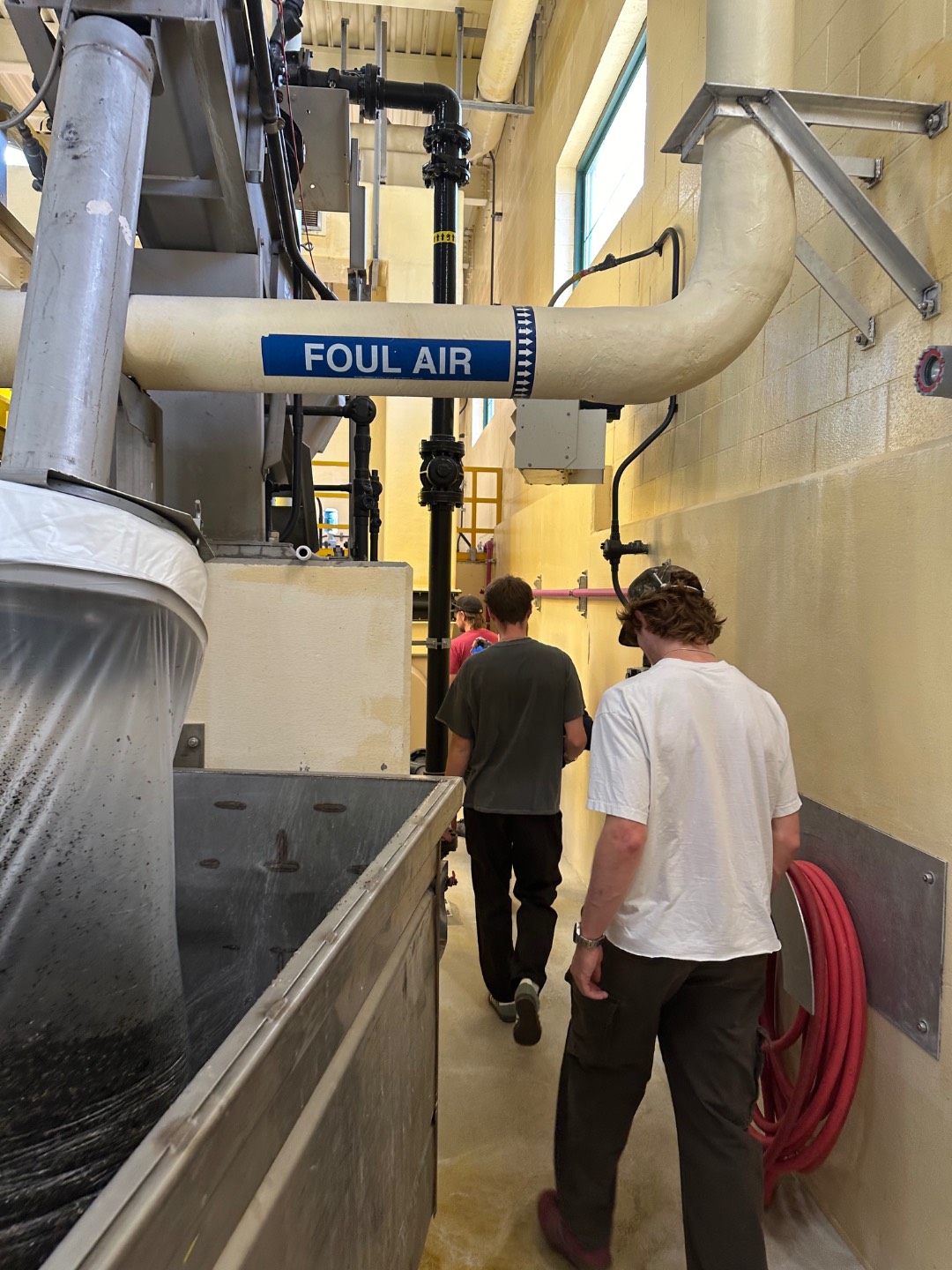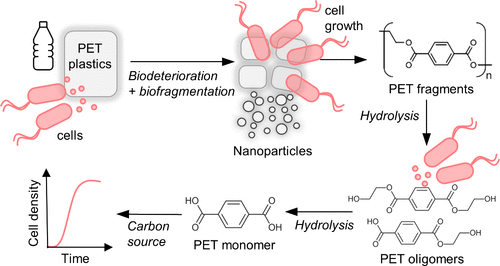Microbiology Students Tour South Tahoe Public Utility District
November 8, 2024
By Dr. Carl Franz

Have you ever wondered what happens to the water in your home’s sinks, showers, and toilets once it goes down the drain? To answer that question and gain a better understanding of the wastewater treatment here in Tahoe, LTCC Microbiology students are given a tour each year, led by the inimitable Dan Arce (Lab Director of STPUD and former part-time professor at LTCC). Students learn that through an intricate system of gravity-fed pipes, all the water ends up at South Tahoe Public Utility District (affectionately known as STPUD). From there, the water travels through several state-of-the-art filtration mechanisms to separate out the solid waste. Then, the particulate waste is pumped into large, aerated basins containing specialized microbial life referred to, collectively, as “activated sludge”. These microbes decompose the particulate waste into simpler molecular compounds such as water and carbon dioxide.

Recently, researchers found an enzyme produced by the bacterium Comamonas testosteroni that breaks down polyethylene terephthalate (PET ♳)1. PET is one of the most common plastic polymers used to make many different products such as water bottles, various containers, and clothing (e.g. polyester). This is promising news given the ever-increasing burden of plastics on our ecosystems, as well as the seemingly ubiquitous presence of microplastics in everything from our waterways to inside our bodies. Where was this plastic-eating microbe found? In wastewater!
Eventually, after rigorous testing by STPUD to ensure the treated wastewater is deemed
safe, it is pumped over Luther Pass and used for agriculture in Alpine County. The
accessibility of clean water, and the downstream treatment and removal of that water,
is a luxury we take for granted. Unfortunately, that is not the case for many regions
throughout the world. Education and awareness of wastewater treatment promotes appreciation.
Furthermore, using science to harness the remediating effects of microbes to potentially
solve a significant global problem, not to mention the use of sewage to monitor viruses
like SARS-CoV22, makes wastewater pretty darn cool in my book!

This figure is licensed under CC-BY-NC-ND 4.0 .
- Rebecca A. Wilkes, et al. 2024. Mechanisms of Polyethylene Terephthalate Pellet Fragmentation into Nanoplastics and Assimilable Carbons by Wastewater Comamonas. Environ. Sci. Technol. https://doi.org/10.1021/acs.est.4c06645
- https://www.cdc.gov/nwss/wastewater-surveillance.html
